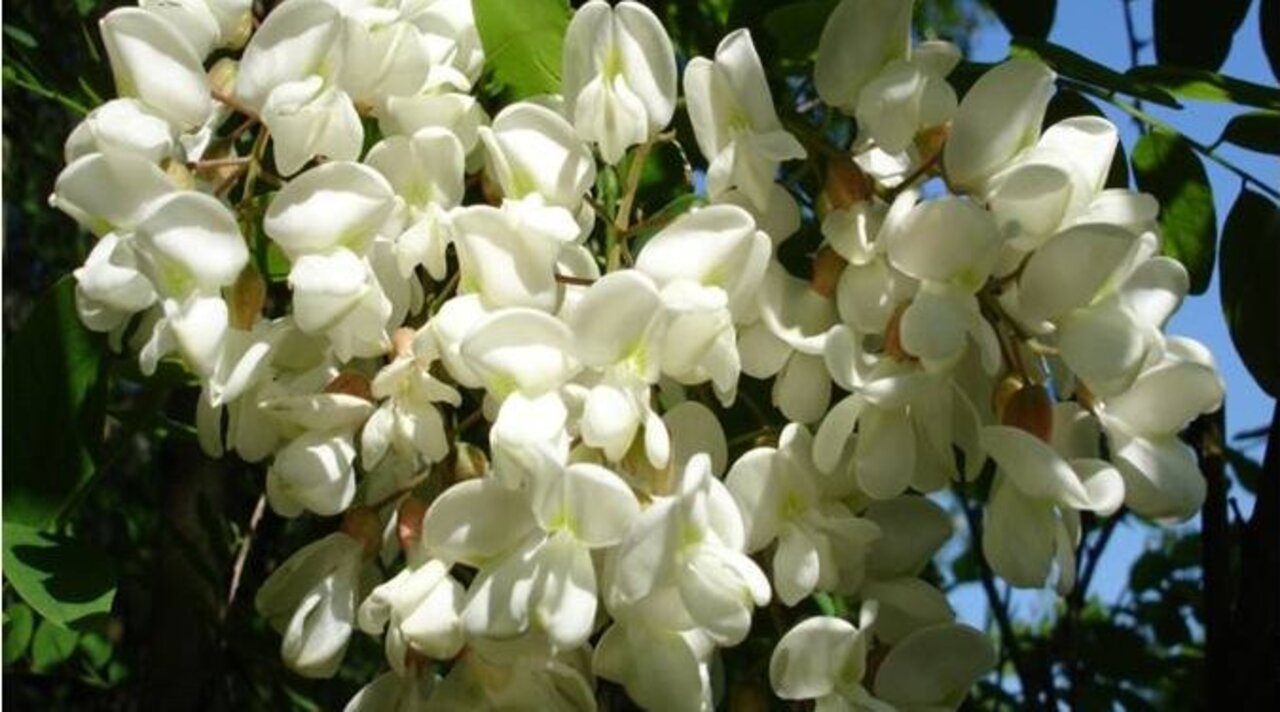Genetics of black locust
Project
Genetics of black locust

Analysis of the population structure and mating system in Robinia pseudoacacia L. by molecular markers
Black locust is a fast growing tree species with hard and durable wood. The tree is characterized by good growth on poor and nitrogen-deficient soils and is suitable for afforestation of arable land and devastated areas. There has been a remarkable increase in the interest in this multipurpose tree species not only aimed at the production of construction timber, but also for the use as biomass source in short rotation plantations.
Background and Objective
Black locust is a fast growing tree species with hard and durable wood. The tree is characterized by good growth on poor and nitrogen-deficient soils and is suitable for afforestation of arable land and devastated areas. There has been a remarkable increase in the interest in this multipurpose tree species not only aimed at the production of construction timber, but also for the use as biomass source in short rotation plantations.
Approach
The application of nuclear microsatellite loci has many aims in population genetic studies. Here we introduce a very cost-effective method for combining the information of 14 nuclear microsatellite loci into two multiplex PCR sets as a contribution to greater standardisation and more comparable results.
Combined non-exclusion probabilities for clone identification using example populations are estimated at between 1.37*E-5 and 1.67*E-11, and for paternity analysis for 1.59*E-4. The detected weak linkage between some microsatellite loci is not considered to be a substantial restriction to the reliability of the set of markers in providing an appropriate method for fingerprinting and parentage analysis.
Involved Thünen-Partners
Duration
Permanent task 1.2010
More Information
Project status:
ongoing
Publications
- 0
Liesebach H, Stridde O (2020) Die Schiffer-Robinie (Robinia pseudoacacia L.) in Koblenz als Naturdenkmal. Mitt Dtsch Dendrol Ges 105:129-132
- 1
Liesebach H, Schneck V (2012) Chloroplast DNA variation in planted and natural generated stands of black locust (Robinia pseudoacacia L.). Silvae Genetica 61(1-2):27-35, DOI:10.1515/sg-2012-0004
- 2
Liesebach H (2012) Genetische Charakterisierung von Robinienbeständen (Robinia pseudoacacia L.) in Deutschland mit nuklearen Mikrosatelliten-Markern: Erkenntnisse zu ihrer Bestandesbegründung. Beitr Nordwestdt Forstl Versuchsanst 8:275-293
- 3
Liesebach H, Naujoks G (2012) Klonidentifizierung bei Zuchtmaterial der Robinie (Robinia pseudoacacia L.) mit nuklearen Mikrosatellitenmarkern. Beitr Nordwestdt Forstl Versuchsanst 8:267-274
- 4
Liesebach H, Ewald E (2012) Optimisation of a multiplex PCR assay of nuclear microsatellite markers for population genetics and clone identification in Robinia pseudoacacia L.. Silvae Genetica 61(4-5):142-148
- 5
Liesebach H, Schneck V (2011) Einfluss der waldbaulichen Behandlung von Robinienbeständen (Robinia pseudoacacia L.) auf die genetische Struktur der Nachkommenschaften: ein Vergleich Deutschland - Ungarn. Forstarchiv 82(4):120-124, DOI:10.4432/0300-4112-82-120
- 6
Liesebach H, Yang M, Schneck V (2004) Genetic diversity and differentiation in a Black Locust (Robinia PseudoacaciaL.) Progeny Test [online]. Forest Genetics 11(2):151-161, zu finden in <https://kf.tuzvo.sk/sk/2004> [zitiert am 14.07.2015]
- 7
Hertel H, Schneck V (2004) Untersuchungen zur genetischen Struktur eines Robinienbestandes (Robinia pseudoacaciaL.) in Brandenburg. Angew Wiss 498:257-263
- 8
Schneck V, Hertel H, Yang M (2003) Prüfung von Nachkommenschaften ausgewählter Robinienbestände - Konzept, Anzuchtphase und Populationsstruktur. In: Behm A (ed) Neue Baumarten im deutschen und europäischen Recht für forstliches Vermehrungsgut : 23. - 25. Oktober 2002, Teisendorf, Deutschland. Teisendorf: ASP, pp 111-118

![[Translate to English:] [Translate to English:]](/media/_processed_/f/3/csm_2022_Titelbild_gross2_Saatgut_in_Hand_9ffb8f5748.jpg)
![[Translate to English:] [Translate to English:]](/media/_processed_/f/3/csm_2022_Titelbild_gross2_Saatgut_in_Hand_c17270fcc0.jpg)




